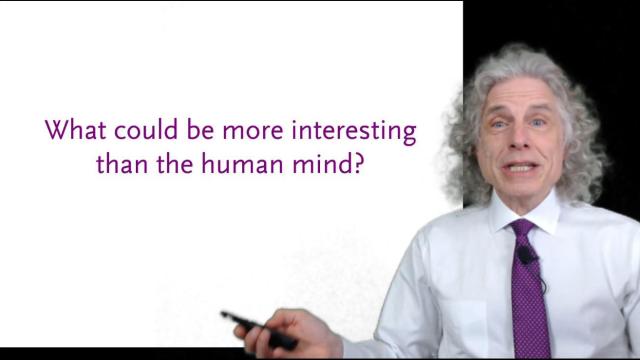Workplace disrupted – five themes that will define the future of work

Photo by Hannah Wei on Unsplash
Last year the Government of India announced ground-breaking measures that ease several registration and compliance requirements to enable employees of IT and BPO companies to work from anywhere, permanently.
This was a watershed moment for the future of jobs and workplaces scripted in a country that has 4.36 million ICT workers (almost half of that of the whole of Europe) who are at the forefront of global digital transformation that is currently afoot, providing services to virtually every Fortune/G1000 organizations.
The future of the workplace will be digital, so it’s only axiomatic that India with its massive demographic bulge and technology industry with its transformative history, is showing the way. The Indian Government has continued to push the accelerator on reforms that have significantly impacted the ease of doing business, eliminated ambiguity and increased our sector’s market resilience.
Such progressive policy support will be the crucible for future competitiveness of not just my country’s own technology sector but for the entire economic and social fabric of today’s hyperconnected world.
It is very important for all of us to understand that the new normal, or next normal in the post-COVID era will be shaped more definitively by technology than any other force in the global theatre today. Every aspect of our lives, from wellbeing to work, and everything else in between, will be massively disrupted in the coming years, thanks to technology.
Specifically, the way people work and interact with their workplaces and the way companies operate will see tremendous changes. We can group them under five core themes.
1. Work from anywhere
Location-independent jobs have become de-facto in the current pandemic wherein modern tools, technologies and telecoms have provided the ability to work from anywhere. BCG’s recent ‘Workplace of the Future’ survey found that companies expect about 40% of their employees to follow a remote-working model in the future. I however, believe, that the future is more heterogenous – it is a combination of home, hybrid and on-location working. The reasons are twofold: there are still many roles that require physical presence due to the nature of existing customer or system interfaces as also compliance guidelines in some sectors, and two, the very important aspect of social and mental health of employees can be better ensured in hybrid formats in the long term.
2. Work for all
With a greater number of roles enabled for remote delivery, a wider slice of the population can participate in the active labour pool that was otherwise location restrictive and disproportionately tilted in favour of large cities and economic hubs. Employers also gain as they have access to a wider pool of talent. Taking ‘work to people’ rather than ‘people to work’ will be the hiring theme of the future.
3. Work at will
Gig economy platforms like UpWork, TaskRabbit or Kalido enabled by digital technologies are empowering individuals to take on short-term and on-demand positions, and freelance work. One study predicts that by 2020, 40% of American workers will be independent contractors. The reasons, I believe, are apparent – millennials like having the flexibility to choose when and where to work. They also enjoy the freedom of improving their work-life balance by being more in control of their work schedules. Businesses also stand to benefit, because they can hire workers to fill specific gaps and employ freelancers who are otherwise too expensive to hire permanently.
4. Work smarter
Work will become ‘smarter’ as Artificial Intelligence and human-machine collaboration will take over repetitive and routine tasks, thereby freeing employees to focus on more meaningful work. Robotics and Automation can also play a stellar role in augmenting or replacing the human interface in high-risk arenas like the frontline of the current pandemic. I am confident that despite the alarmists’ warnings, AI will directly or indirectly create more net new jobs than it will displace and provide additional headroom for human ingenuity, ushering in a new era of exponential innovation.
5. Work for planet
If 19th century represented the industrial economy and the 20th century the knowledge economy. The 21st century is hopefully going to go down in the history books as the era of sustainable economy. With greater urgency for environment protection action, I believe that companies, communities and countries will rewire their policies and programmes at scale to protect the planet and people alongside their need for profits. Jobs that drive this sustainable way of life will therefore be at the centre of the 21st century and will grow in millions. Technology and tech companies will advise, create and enable these new jobs in the intersection of climate change and public services as well as consumer products.
As these disruptions take shape, technology will also play a crucial role in supporting and modernizing management to better align to these emerging contours of ‘work’. New tools, applications and platforms will help reconstruct workplace processes and redefine productivity. These systems are still currently hard-wired in favour of legacy on-site teams. Digital platforms will also enable skilling at scale as highlighted in the World Economic Forum’s Future of Jobs Report 2020, which rightly predicted that 50% of all employees will need reskilling in the next five years.
The pandemic has given us an excellent opportunity to transition from designing workplaces for efficiency to designing for effectiveness, inclusion, resilience and sustainability.
It is imperative for all of us to realize that all this is not some ‘far future’ crystal gazing, but rather change is already happening and accelerating. If we don’t acknowledge, own and act on change, we will become victims of it and we will be scrambling to adjust rather than being in a position to shape things.
To paraphrase an old proverb – the best time to start was yesterday, the second best is right now!
Reprinted with permission of the World Economic Forum. Read the original article.





